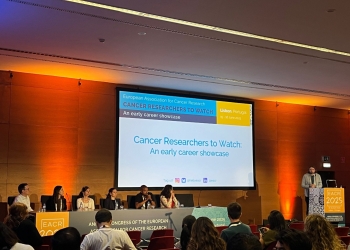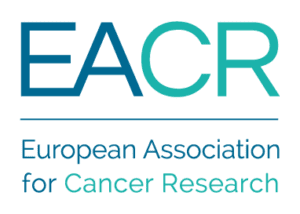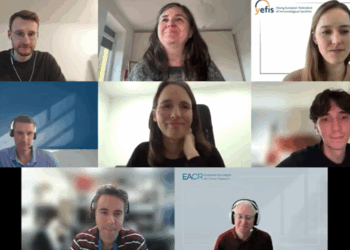Human glioblastoma is characterized by intratumor heterogeneity and intercellular communications, yet existing in vitro models are limited in their capacity to model these important features, due to the lack of a structured tumor microenvironment. To address this limitation, the authors in this study developed a platform to grow patient-derived glioblastoma cells inside of cellularly-diverse human cortical organoids (i.e., GCOs), potentially recreating important interactions between malignant and non-malignant cells in the neuroglial microenvironment.
.
The authors found that GCOs demonstrate an increased fidelity to glioblastoma cell states found in patient tumors, demonstrating the clinical relevance of this modeling approach. Unexpectedly, they further observed that tumor cells in the GCO models carry out widespread transfer of malignant mRNAs to non-malignant cells in the tumor microenvironment. The authors used single-cell RNA-sequencing to dissect the identities of these transcripts, and show that this transfer is biased towards particular malignant and non-malignant populations, especially astrocyte-like cells. The mechanism of this communication involves extracellular vesicles, with possible synergistic contributions from membrane nano/microtube intercellular networks.
.
 Summary of the findings
Summary of the findings









